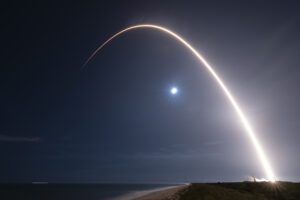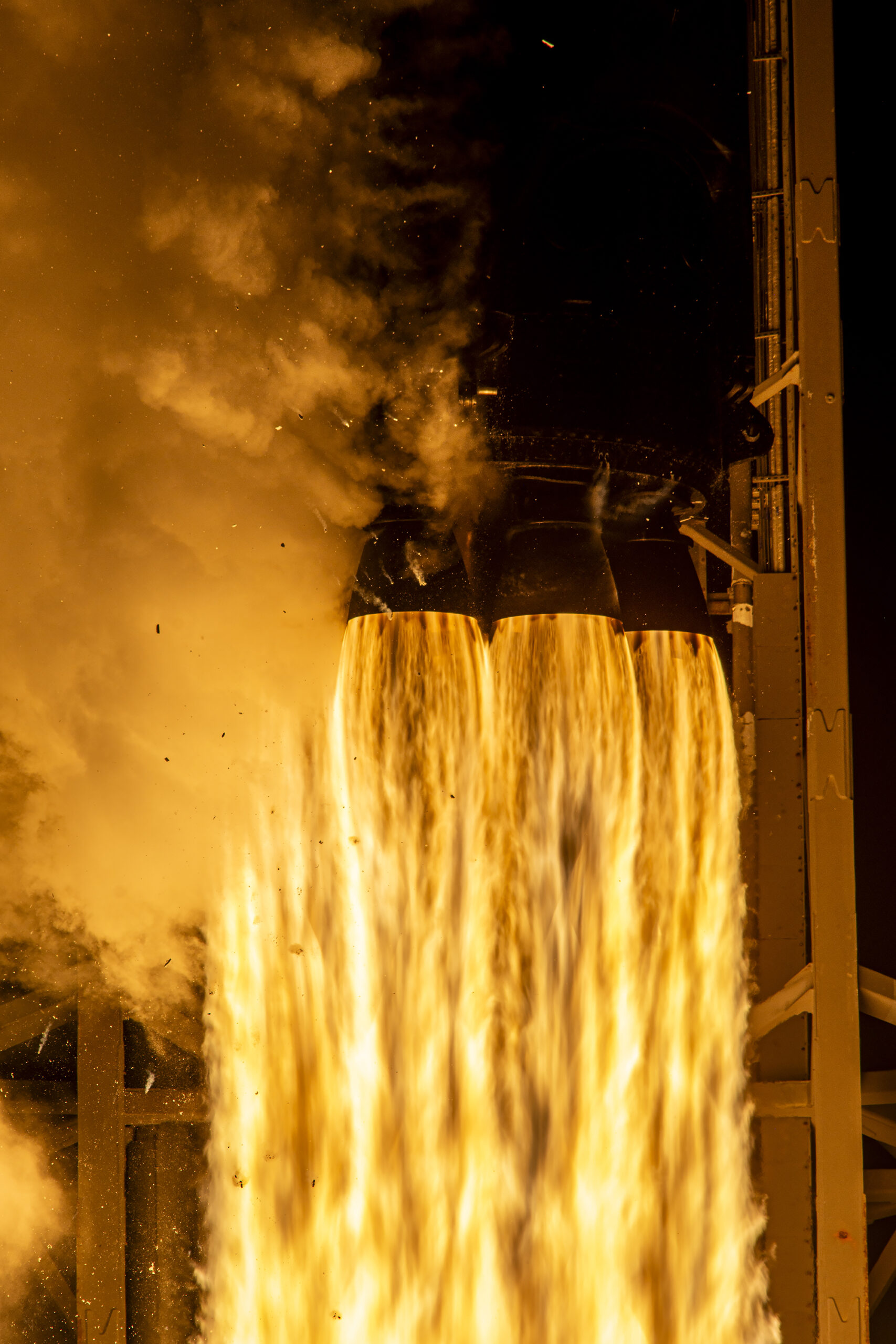In a historic milestone for commercial spaceflight and technological innovation, SpaceX’s Falcon 9 rocket has successfully completed its 500th mission, reinforcing its legacy as one of the most reliable and revolutionary launch vehicles in aerospace history. This achievement not only highlights SpaceX’s growing dominance in the space industry but also marks a turning point in humanity’s journey toward sustainable and accessible space exploration.
A Brief History of Falcon 9
The Falcon 9 rocket, developed by SpaceX, was first launched on June 4, 2010. It was named after the Millennium Falcon from Star Wars and the nine Merlin engines that power its first stage. Its initial goal was to offer a more cost-effective and reusable alternative to traditional expendable rockets. The original version, Falcon 9 v1.0, has since undergone multiple upgrades—v1.1, v1.2 (also known as Full Thrust), and the current iteration, Falcon 9 Block 5.
Falcon 9’s breakthrough feature is its reusability. Unlike traditional rockets, which are discarded after a single use, Falcon 9’s first stage can return to Earth and be reused for multiple flights. This innovation significantly reduces the cost of access to space, making satellite launches, cargo deliveries, and even manned missions more affordable.
The 500th Launch: A Symbol of Progress
The 500th Falcon 9 mission took place on [insert recent date] from Cape Canaveral Space Force Station in Florida. The payload for this historic flight included a batch of Starlink satellites, SpaceX’s own global broadband initiative, along with a rideshare payload from a commercial customer. The mission was flawless—liftoff was on time, stage separation went smoothly, and the first stage returned to a drone ship stationed in the Atlantic Ocean for its 18th successful landing.

This launch wasn’t just another number. It was symbolic of how far SpaceX and the aerospace industry have come in a little over a decade. From early struggles and failed landings to setting new benchmarks in reusability and reliability, Falcon 9’s journey has been nothing short of extraordinary.
Unmatched Reusability
One of the cornerstones of Falcon 9’s success is reusability. By the time it reached its 500th mission, some Falcon 9 first stages had flown up to 20 times, showcasing the robustness and durability of SpaceX’s engineering. This reusability factor has allowed SpaceX to lower launch costs dramatically—transforming the economics of space travel.
Prior to Falcon 9, launching a payload into space could cost upwards of $200 million. Today, thanks to reuse, a Falcon 9 launch can cost as little as $67 million, with further reductions expected as reusability is refined. This has opened up space access to a broader range of customers, from small startups and universities to national space agencies.
Payload Diversity
Falcon 9 has launched a wide variety of payloads over its 500 missions:
Commercial satellites: Falcon 9 has launched satellites for companies like Iridium, SES, and Inmarsat.
NASA missions: It has played a key role in resupplying the International Space Station (ISS) through the Commercial Resupply Services (CRS) program.
Crewed missions: Under the Commercial Crew Program, Falcon 9 launched astronauts to the ISS aboard the Crew Dragon capsule, making SpaceX the first private company to send humans to orbit.
Starlink: A major chunk of Falcon 9 launches have been dedicated to Starlink, SpaceX’s ambitious satellite internet network that now has thousands of satellites in low Earth orbit.
Military and government payloads: The rocket has also been used for launching national security payloads for the U.S. Department of Defense and other global agencies.
Reliability: A New Gold Standard
One of the most remarkable aspects of Falcon 9 is its high reliability. With over 500 missions and a success rate exceeding 98%, it has become one of the most dependable launch vehicles in history. This consistency has helped SpaceX win lucrative contracts with NASA, commercial satellite companies, and governments around the world.
The rocket’s design, which includes redundant systems and continuous software improvements, ensures mission success even in challenging conditions. This has made Falcon 9 the rocket of choice for urgent, sensitive, and high-stakes missions.
Economic and Industry Impact
Falcon 9’s success has had a ripple effect across the space industry. By slashing the cost of access to orbit, SpaceX has disrupted traditional aerospace giants and accelerated the emergence of the NewSpace economy—a market driven by startups, private investors, and innovation rather than government monopolies.
Startups that once found orbital launch pricing prohibitive now have options. CubeSats, Earth observation satellites, IoT constellations, and more are now routinely launched aboard Falcon 9, creating a vibrant ecosystem of space-based applications.
Additionally, SpaceX has created thousands of high-tech jobs, developed a robust launch infrastructure, and inspired a new generation of engineers, scientists, and entrepreneurs.
Looking Ahead: Starship and Beyond
While the Falcon 9’s 500th launch is a celebration of past achievements, SpaceX is already looking to the future. The company is developing Starship, a fully reusable next-generation rocket designed for interplanetary travel and ultra-heavy payloads.
Starship aims to be the successor to both Falcon 9 and Falcon Heavy and is central to Elon Musk’s vision of making humans a multi-planetary species. It promises even lower costs, higher payload capacities, and capabilities far beyond what Falcon 9 can offer.
Yet, even with Starship on the horizon, Falcon 9 continues to be SpaceX’s workhorse, with dozens of launches scheduled annually. Its proven reliability and cost-efficiency mean it will remain operational and relevant for years to come.
Conclusion
The 500th mission of Falcon 9 is a testament to what can be achieved through innovation, perseverance, and visionary leadership. From being doubted as a startup to becoming the most flown operational rocket in the world, SpaceX and its Falcon 9 have changed the rules of spaceflight forever.
As we look to a future filled with moon missions, Mars landings, and commercial space stations, the legacy of Falcon 9 will be remembered as the launchpad—literally and figuratively—for the next great chapter in human space exploration.

